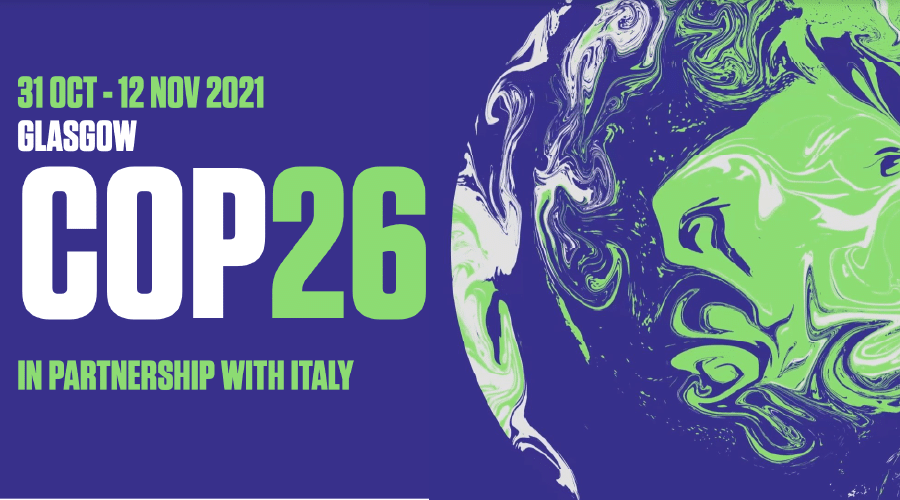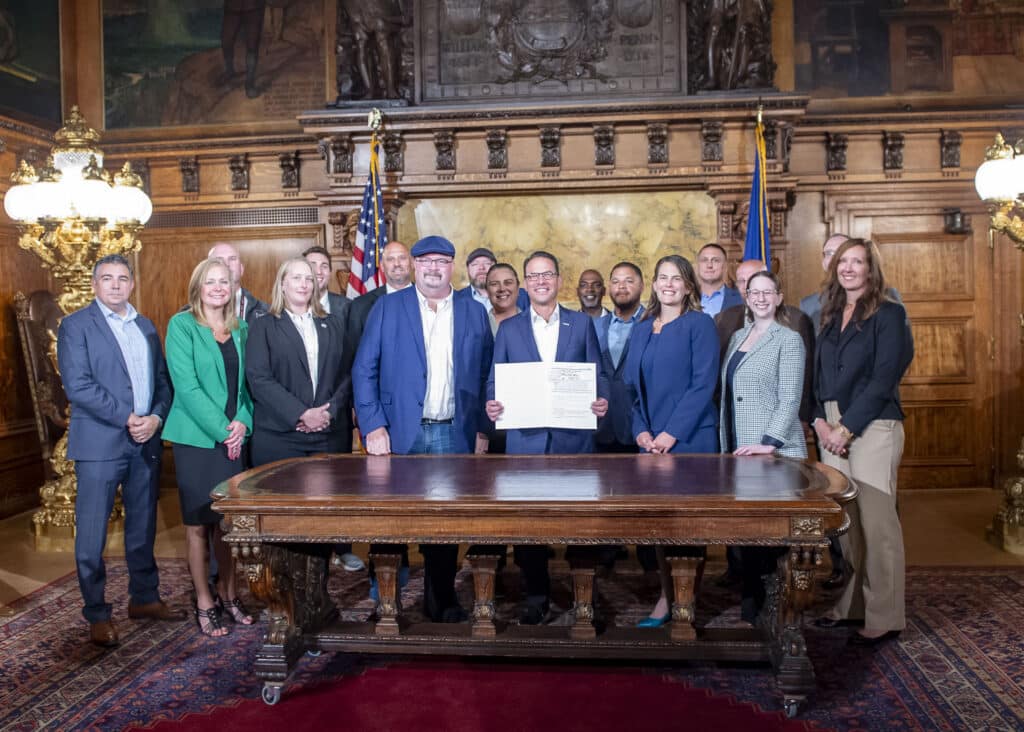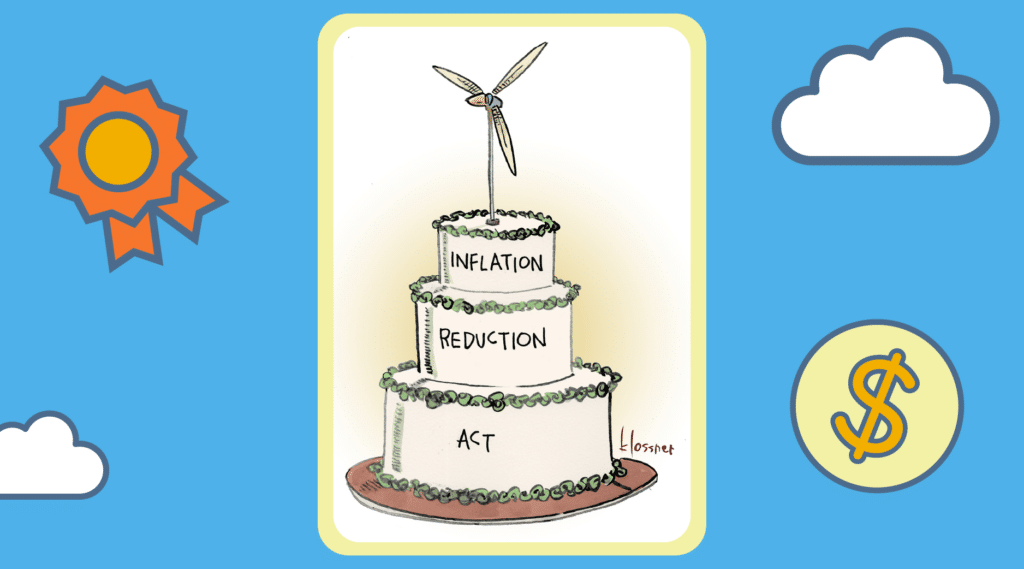As world leaders convened in Glasgow, Scotland, for COP26 last week, it emerged that the United Kingdom’s most enduring patch of snow had melted completely. The patch, known as the Sphinx, had disappeared just three times over more than 200 years before the end of the last century.
This latest melt is the fifth in less than 20 years.
The mythical sphinx, as you may remember from English lit class, killed anyone who could not answer its riddle. The question before attendees at COP26 is less a riddle than a Gordian knot: How do we untangle ourselves from fossil fuels and avert climate disaster? As with the sphinx’s challenge, the price for getting it wrong is extremely high.
What is COP26?
COP refers to the Conference of the Parties to the United Nations Framework Convention on Climate Change. (You can see why they shortened it.) This year’s event in Glasgow marks the 26th COP, which has taken place annually since 1995. The convention is actually a 1992 treaty that kicked off years of negotiations over the supreme riddle of how to avoid wrecking the climate. The Kyoto Protocol, which legally bound 37 countries to cut greenhouse gas emissions, followed in 1995.
The Kyoto Protocol ran through the end of 2020 after being extended in 2012, but it’s widely seen as a failure. The United States bowed out of it in 2001, and fast-growing China and India were not among the countries with binding targets. At COP21 in 2015, the resulting Paris Agreement set a goal to limit the average global temperature increase to below 2C, preferably 1.5. As part of this, countries submitted their voluntary “nationally determined contributions” toward this goal. At the beginning of this year, the United States officially rejoined the agreement, reversing Donald Trump’s withdrawal.
Why is COP26 important?
Every COP is important, because it’s yet another chance for countries around the world to come together and work on this stubborn problem. It’s important—but does it actually bring change? An Eeyore type might point out that we’ve been at this for over a quarter of a century, yet global emissions are still on the rise. And this year’s G7 summit, a precursor of sorts to the COP26, had some rather underwhelming results.
A perennial sticking point at these negotiations is that, while there are technically 197 Parties at this climate shindig, only a handful of those are really driving up the thermometer. The world’s top 10 emitters, led by China, the United States, and the European Union, are responsible for over two-thirds of all greenhouse gases entering the planet’s atmosphere. So while countries like Vietnam and, say, Estonia might be running almost entirely on fossil fuels, transforming them into clean energy powerhouses like Costa Rica and Iceland isn’t going to be what really moves the needle. The big players need to be the ones to lead change, not least by opening their pocketbooks to fund it.
Meanwhile, representatives from the countries hardest hit by climate change, poverty, and now the pandemic faced hurdles finding a place to sleep in Glasgow, if they could get to the conference at all.
COP26 certainly isn’t the only chance to deal with these longstanding inequities and make progress on the climate—but it’s a big one. Even though conferences like these may not spark immediate change, they can establish common ground, as the Paris Agreement did. “What happened in the last five years was the transformation of the mindset,” Laurence Tubiana, who helped draft the pact, told TIME in 2020. “The Paris Agreement [became] the norm, the reference for everybody to know where to go.”
We know where to go. The key question remains: How do we get there in time? As Scotland’s Sphinx turned to water, another ominous bulletin surfaced. A new analysis warned that our carbon budget—the amount of warming gases we can send into the air and still stay below 1.5C—will be used up within 11 years.
The same report noted that some countries, including the United States, managed to achieve emissions declines over the past decade. “These successes can be replicated,” study co-author Corinne Le Quéré, a climate scientist at the University of East Anglia, told The Washington Post. “There is no reason why this cannot be set in motion other than political will.”
So there is part of the answer to the climate riddle, both incredibly simple and dauntingly complicated: political will. John Kerry, U.S. special presidential envoy for climate, wrote in an op-ed last week that COP26 “has already helped summon more ambition to face this emergency than the world has ever seen. In that regard, the summit has already achieved success.”
But of course, we need more than just will and ambition—and let’s not forget, international negotiations have delivered substantial change in the past. After all, the Montreal Protocol in 1987 drove a phaseout of the chlorofluorocarbons that were destroying Earth’s protective ozone layer. And indeed, COP26 so far has yielded pacts to end deforestation and cut methane, two potent contributors to the climate crisis.
The warming that we have set in motion over decades of fossil fuel use won’t be reversed because of a two-week conference. But talks like COP26 can drive the many solutions that will be needed, including a major ramp-up of renewable energy and of zero-emission cars. Is Kerry premature in touting success at this year’s talks? Stay tuned for our wrap-up at the end of the conference, where we will recap what did—and didn’t—happen.















